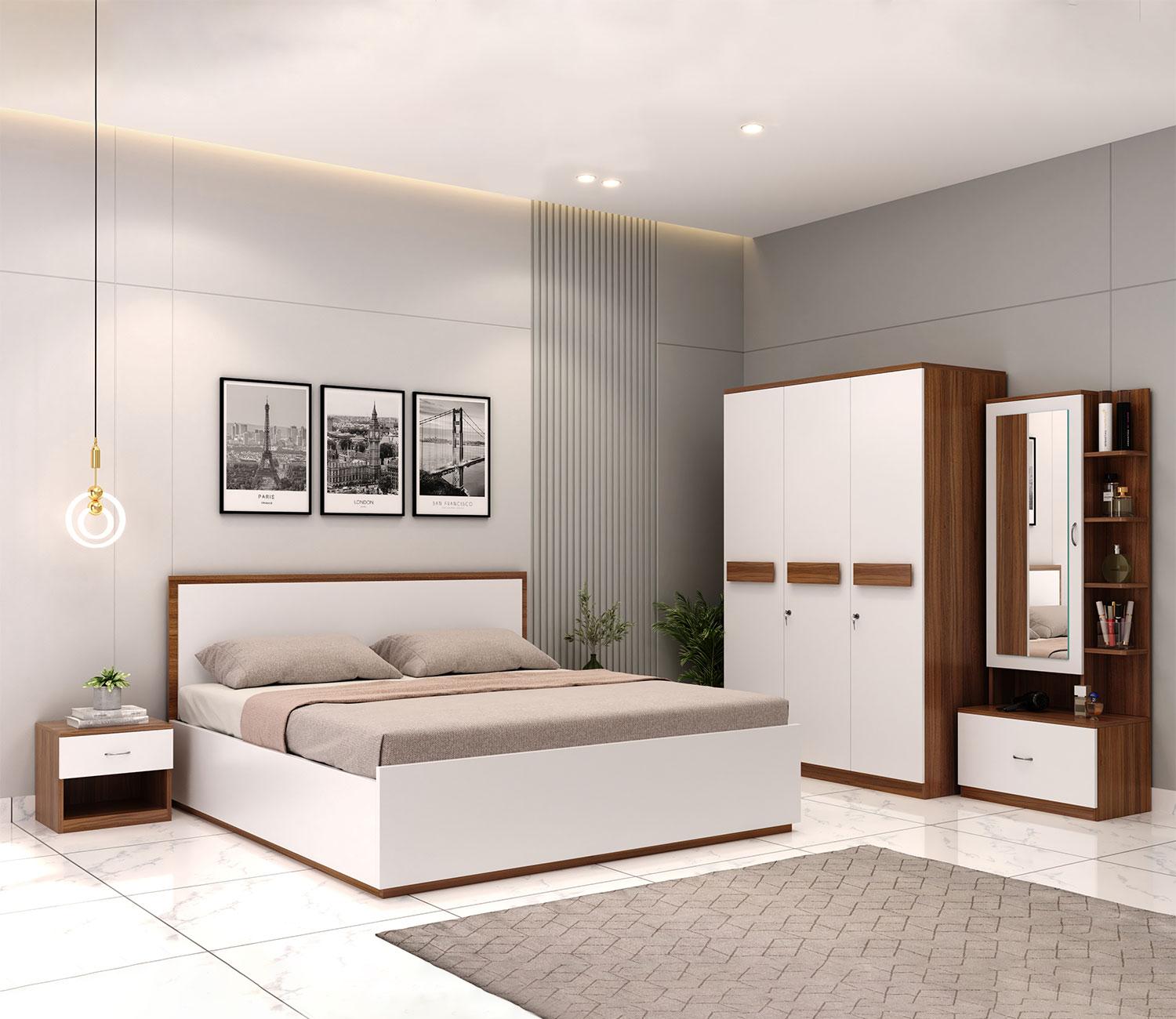When you invest in furniture, you’re not just buying a functional piece for your home you’re bringing in an element that defines your lifestyle, comfort, and aesthetics. But beyond looks and utility, one crucial aspect often overlooked is durability. Durable furniture not only saves you money in the long run but also ensures a consistent sense of quality and stability in your living space.
But what exactly makes furniture durable? What separates a chair that lasts decades from one that wobbles within a year? This article breaks down the critical elements that contribute to long-lasting furniture, helping you make informed, lasting choices.
1. Material Quality: The Foundation of Durability
The type of material used in furniture construction is the primary determinant of its lifespan. Not all woods or metals are created equal, and knowing what to look for can save you from premature wear and tear.
Wood
- Solid hardwoods such as teak, oak, maple, mahogany, and walnut are prized for their strength and resistance to decay. They age beautifully and often become more attractive over time.
- Softwoods like pine are less durable but still usable when treated properly.
- Engineered wood (like plywood or MDF) can be durable if of high quality, but it's generally not as strong as solid wood.
Metals
- Stainless steel and wrought iron are commonly used in modern and industrial furniture for their strength and longevity.
- Powder-coated finishes can protect metal from rust and scratches, further enhancing its life.
Upholstery Materials
- Look for high-density foam for cushions and durable fabrics like leather, canvas, or tightly-woven synthetics that resist tearing and fading.
2. Joinery and Construction Techniques
How furniture is put together plays a huge role in its durability. Even the best materials can fail if the construction is weak.
- Dovetail joints, mortise-and-tenon, and tongue-and-groove are signs of superior craftsmanship and ensure stronger bonds between parts.
- Screws and dowels are generally better than nails or staples, which can come loose over time.
- Reinforcements like corner blocks in tables or chairs improve load-bearing capacity.
Quality joinery resists loosening and provides long-term structural integrity, even with regular use.
3. Design and Engineering
Durability isn’t only about strength—it’s also about smart design. Furniture that is well-balanced, ergonomically considered, and engineered for its specific use tends to last longer.
- Chairs with proper weight distribution, for example, are less likely to warp or break.
- Drawers with smooth glide mechanisms and stoppers will suffer less wear over time.
- Modular and flexible designs not only provide convenience but are often built to withstand reassembly and movement.
Good design ensures that the furniture holds up in both form and function.
4. Finishes and Protective Coatings
Finishes are not just about looks—they serve a critical role in protecting the underlying material from moisture, insects, sunlight, and everyday wear.
- Varnishes, lacquers, and polyurethane coatings form a hard shell on wood surfaces to resist scratches and moisture.
- Oil finishes penetrate the wood and help it breathe while still offering protection, although they may require reapplication.
- Stain-resistant coatings on fabrics or leather help prevent permanent marks and extend the life of upholstered pieces.
Choosing furniture with high-quality finishes adds years to its usability.
5. Environmental Resistance
Durable furniture is often designed to withstand more than just weight—it also needs to resist environmental factors like humidity, pests, and temperature changes.
- Termite-resistant woods like teak and neem are essential for regions prone to infestations.
- Metals that are corrosion-resistant or powder-coated fare better in humid or coastal areas.
- Upholstery with UV-resistant fabrics can prevent sun damage in bright rooms.
Understanding your local climate and selecting materials accordingly is a key part of buying long-lasting furniture.
6. Maintenance and Care Potential
Durability also depends on how well furniture handles maintenance. Pieces that are easy to clean and repair will naturally last longer.
- Removable cushion covers or modular components are easier to maintain.
- Availability of replacement parts or the ability to re-polish wood ensures longer usability.
- High-quality furniture often comes with care instructions or recommended treatments to preserve its finish.
Furniture that accommodates periodic maintenance will continue to perform and look good for many years.
7. Brand Reputation and Warranty
Lastly, the brand you choose can say a lot about the potential durability of your furniture. Reputable furniture makers tend to uphold consistent standards in material selection, design, and quality control.
- Established brands often provide long-term warranties, reflecting their confidence in product lifespan.
- Reading customer reviews and looking into after-sales service can also indicate the product's longevity.
Opting for trusted manufacturers may involve a higher upfront cost but offers better value over time.
Final Thoughts
Investing in durable furniture is not just a matter of choosing something that “looks good”—it’s about selecting pieces that are structurally sound, thoughtfully designed, and built to last. By focusing on material quality, construction techniques, design, and environmental fit, you can ensure that your furniture remains a source of comfort and style for many years.
Durability is not always immediately visible, but with a little research and informed decision-making, your furniture can serve generations, not just seasons.
If you’re looking for a trusted source that combines timeless craftsmanship with modern design sensibilities, Wooden Street offers a wide range of high-quality furniture built to last—both in structure and in style.
